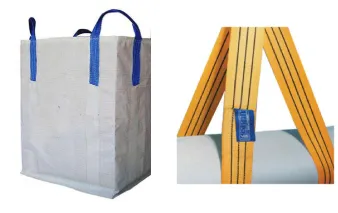Understanding the Importance of Needle Selection for Stitching Machines
The Importance of Stitching Machine Needles in Textile Manufacturing
In the world of textile manufacturing, the stitching machine needle is often an overlooked component. However, it is an essential part of the sewing process that directly impacts the quality and efficiency of fabric production. Understanding the various types of stitching machine needles and their appropriate applications can significantly enhance the overall performance of sewing machines, leading to improved product outcomes.
Stitching machine needles come in various sizes and types, each designed for specific materials and purposes. The two fundamental components of a needle are the shaft and the tip. The shaft's thickness affects the size of the hole made in the fabric, which can influence both the durability of the garment and the final appearance. For instance, using a needle that is too thick for lightweight fabrics may cause unsightly holes, while a needle that is too fine may struggle to penetrate heavier materials.
There are several categories of needles, including universal, ballpoint, and sharp needles. Universal needles are versatile and can handle a wide range of fabrics, making them ideal for general sewing tasks. Ballpoint needles, with their rounded tips, are specifically designed for knit fabrics. They glide between the fibers rather than piercing them, minimizing the risk of damage to delicate materials. On the other hand, sharp needles feature a pointed tip, perfect for woven fabrics and tightly woven materials, allowing for precise stitching and clean seams.
stitching machine needle

Choosing the right needle size is equally important. Needle sizes are typically measured in millimeters, ranging from 60 (very fine) to 120 (very thick). The appropriate needle size depends on the fabric thickness; lighter fabrics require smaller needles, while heavier fabrics necessitate larger needles. For example, when working with denim, a size 100 needle would be suitable, while a lightweight silk might require a size 70 needle.
Efficiency is also greatly influenced by the quality of the needle. Using high-quality needles can lead to smoother stitching, reduced thread breakage, and less fabric distortion. A worn or damaged needle can create skipped stitches, uneven tension, and even fabric snags, all of which can compromise the integrity of the finished product. Therefore, it is advisable to regularly inspect and replace needles as needed, especially in high-volume production settings.
Beyond functionality, the design of the needle is crucial for achieving specific aesthetics in fabric projects. Decorative stitching, for example, may require specialty needles that accommodate unique thread types or create specific stitch patterns. The right needle can enhance the overall appearance of the garment, enabling designers to push the boundaries of creativity.
In conclusion, the stitching machine needle may seem like a small element in the grand scheme of textile manufacturing, but its importance cannot be overstated. Understanding the various types, sizes, and qualities of sewing needles empowers manufacturers to optimize their sewing processes. By selecting the right needle for each project, businesses can not only improve efficiency but also produce high-quality garments that meet the expectations of modern consumers. As the textile industry continues to evolve, staying informed about the latest advancements in needle technology will be essential in maintaining competitive advantage and ensuring product excellence.
-
Industrial Cylinder Arm Sewing Machine: Revolutionizing Heavy-Duty SewingNewsJul.28,2025
-
Cylinder Arm Sewing Machine: Perfect for Special Sewing ApplicationsNewsJul.28,2025
-
Cylinder Bed Sewing Machine: Essential for Sewing Complex MaterialsNewsJul.28,2025
-
Heavy Duty Sewing Machine: The Essential Tool for Industrial ApplicationsNewsJul.28,2025
-
Computerized Pattern Sewing Machine: Revolutionizing Precision StitchingNewsJul.28,2025
-
Heavy Duty Industrial Sewing Machine: Power Meets PrecisionNewsJul.28,2025
-
Leather Sewing Machine: The Industrial Standard for Tough MaterialsNewsJul.18,2025





























